Marah Mattison had a unique internship opportunity this past semester. Through a Faculty of Arts internship at the Royal Saskatchewan Museum she realized a dream – to curate a museum exhibition. Unfortunately, due to COVID-19, the exhibit has yet to be unveiled. By completing the curating project, Mattison became the first University of Regina history student to earn an honours degree by completing a hands-on project rather than writing a paper. No doubt that also helped her gain acceptance into the Heritage Studies and Public History program at the University of Minnesota – the first Canadian to do so.
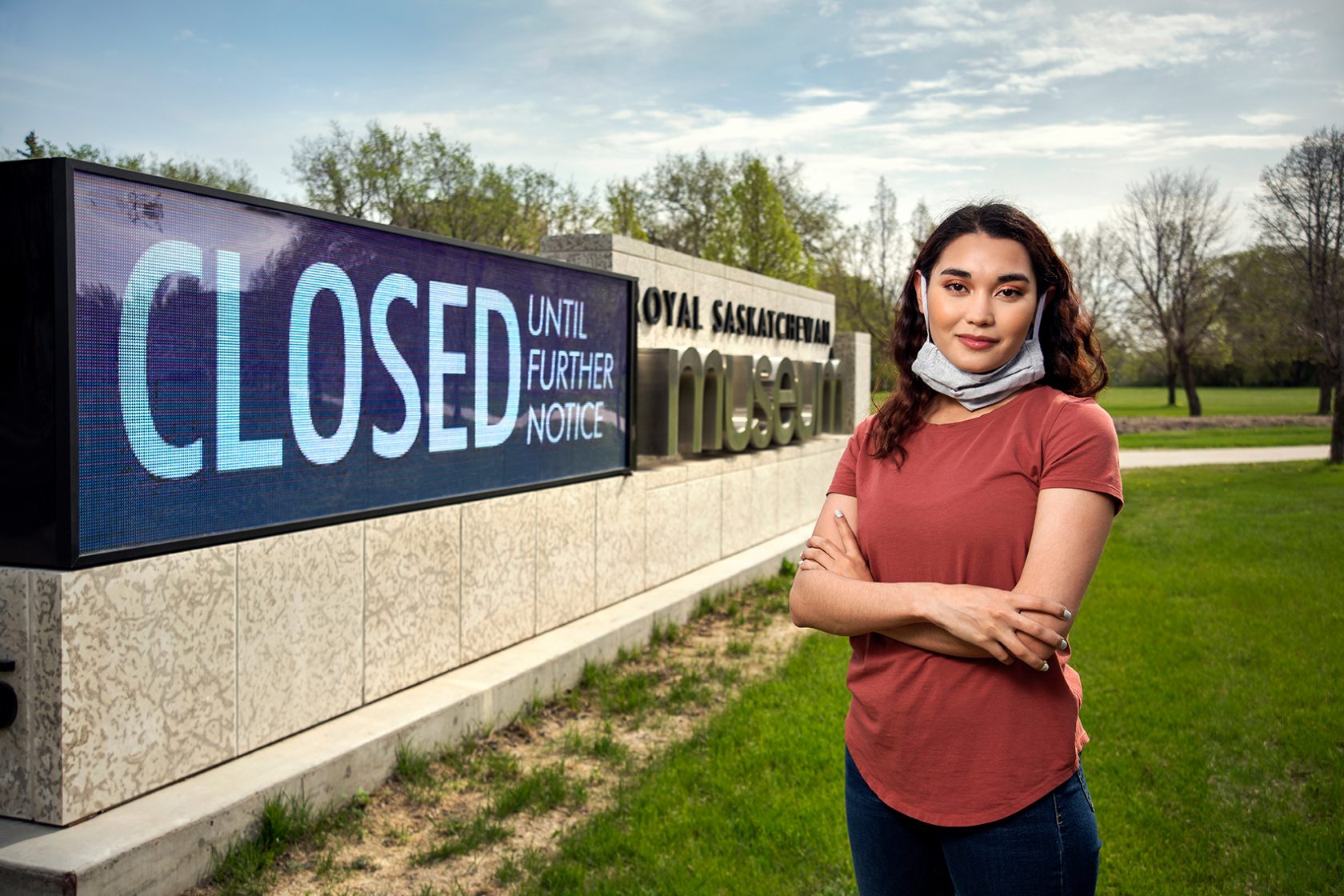
As someone who was born in Guatemala and adopted at the age of 14 months by a Canadian family, Marah Mattison BA’19, BA(Hons)’20 has always been interested in different cultures. “Being adopted, I was immersed into a culture that wasn’t mine. I’m always fascinated by how people can learn different things in different cultural settings. That’s why I went into anthropology, to learn about cultures in the world that are different than mine,” she says.
Mattison, who served in various capacities at the Saskatchewan Science Centre and was a teaching assistant at the U of R, earned her Bachelor of Arts in anthropology in 2019 and just completed a Bachelor of Arts (Honours) in history. Moving from anthropology to history was a natural evolution, as she had taken a few history classes during her undergraduate degree and sees strong links between the two disciplines. “I was studying about how cultures developed, and so much touched on their history. History is more the facts, while cultural anthropology is about how people interpret their history,” she says. “Culture is described more as how people live their everyday lives. A lot of the time, how they live reflects their history. History is the past, and things that happen in the past influence the present,” she adds.
Mattison is especially drawn to Asian cultures. She has focused on Japanese and Korean cultures and histories, even taking language classes in both. “From a young age, a lot of cartoons I watched came from Japan. I was fascinated with the animation. From the animation, I came to learn more about the culture, and that led me to learning about Korean culture, because it’s very tied to Japanese culture. Because of the cartoons, I was learning more about their culture and then more about their history,” she explains.
One day he asked her, “What’s your dream job?” Without hesitation, Mattison responded that she wanted to curate an exhibition of artifacts.
A conversation with history department head Philip Charrier took her research in a different direction, however. One day he asked her, “What’s your dream job?” Without hesitation, Mattison responded that she wanted to curate an exhibition of artifacts. Charrier made it his mission to make that dream a reality. “I realized that Marah needed a career internship,” he says. He wanted to find her more than just a job placement, though. “What I had to find is a professional who would recognize Marah’s potential and mentor her. She will graduate from here with a fantastic academic foundation. But how do you take that and then go and put together an exhibition?”
The Centre’s internship program places students in such organizations as Sofia House, Saskatchewan Writers’ Guild, and Saskatchewan Chamber of Commerce.
Charrier teamed up with the University’s Community Research Unit, soon to be rebranded as the Community Engagement and Research Centre, to find Mattison an internship that would serve her academic goals, as well as benefit a local organization. The Centre’s internship program places students in such organizations as Sofia House, Saskatchewan Writers’ Guild, and Saskatchewan Chamber of Commerce. The internships involve 8 hours a week of students’ time for 13 weeks.
“The internships provide students with valuable work experience that helps kick-start their careers,” says Lynn Gidluck BA’90, MA’96, PhD’15, the Centre’s community director. “As an employer, when you’ve got an entry-level job and have 20 résumés come across your desk, the ones that rise to the top have something beyond their education.”
In addition to the experience gained in the internship, many students have been offered paid summer jobs afterward. They also make valuable community connections that could lead to future employment. “Hopefully by the end of semester, you’ve developed a good relationship with your supervisor in your placement, and they’ll give you a good reference or help you find a job with someone else in their network. Informal networking is how a lot of people find jobs. I think this evens the field a little bit for some students,” Gidluck explains.
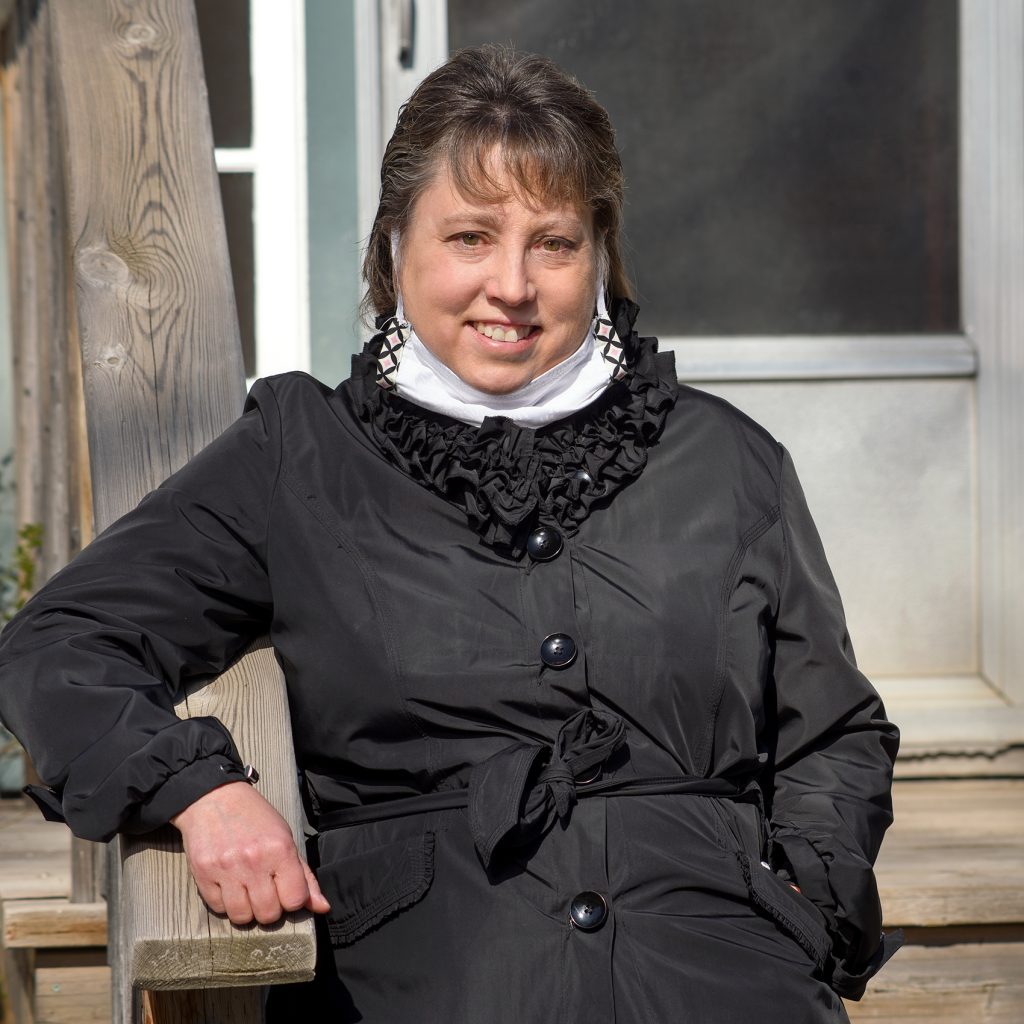
“Students that I’ve helped put into these community placements have been inspiring. Community partners have overwhelmingly said they would welcome interns again, if they can find people like the ones that they’ve had. And Marah is certainly one of them.”
Gidluck feels it’s important that the internship program focuses on placing arts students, specifically. “I think this program shows the broader community what an arts degree teaches students,” she says. “I think there are a lot of misconceptions that if you graduate with an arts degree, you don’t graduate with tangible skills you can use in the workplace. I disagree. An arts degree brings a lot of skills other degrees might not bring, such as critical skills and an ability to write. There are some perceptions out there that it’s not the most practical degree, and I hope that these internships help change that perception.”
The goal was to entice students into science by having them participate in a project that didn’t seem to be only about science.
She also notes that the success of the internship program has challenged some common myths about younger generations lacking a work ethic. “I have not seen this,” Gidluck says. “Students that I’ve helped put into these community placements have been inspiring. Community partners have overwhelmingly said they would welcome interns again, if they can find people like the ones that they’ve had. And Marah is certainly one of them.”
For Mattison’s internship, Gidluck reached out to Evelyn Siegfried, curator of Indigenous studies at the Royal Saskatchewan Museum. Coincidentally, Siegfried was working on a project that culminated in the curation of an exhibition of the museum’s Indigenous artifacts.
The multifaceted project was conceived by Arzu Sardarli, a math and physics professor at the Prince Albert campus of First Nations University of Canada (FNUC). He, along with his colleagues from Royal Saskatchewan Museum and the University of Regina, has initiated a project where students could engage in math and science and be excited about what they were learning. He decided that archaeology was an intriguing route, because there is a lot of science involved in the discipline, such as the carbon dating and statistical analysis of chemical compositions of artifacts. The goal was to entice students into science by having them participate in a project that didn’t seem to be only about science. “Usually what happens is that people learn something about Indigenous culture and oral stories, and other people make some measurements in the lab. With this project, you could combine both of those components,” he says.
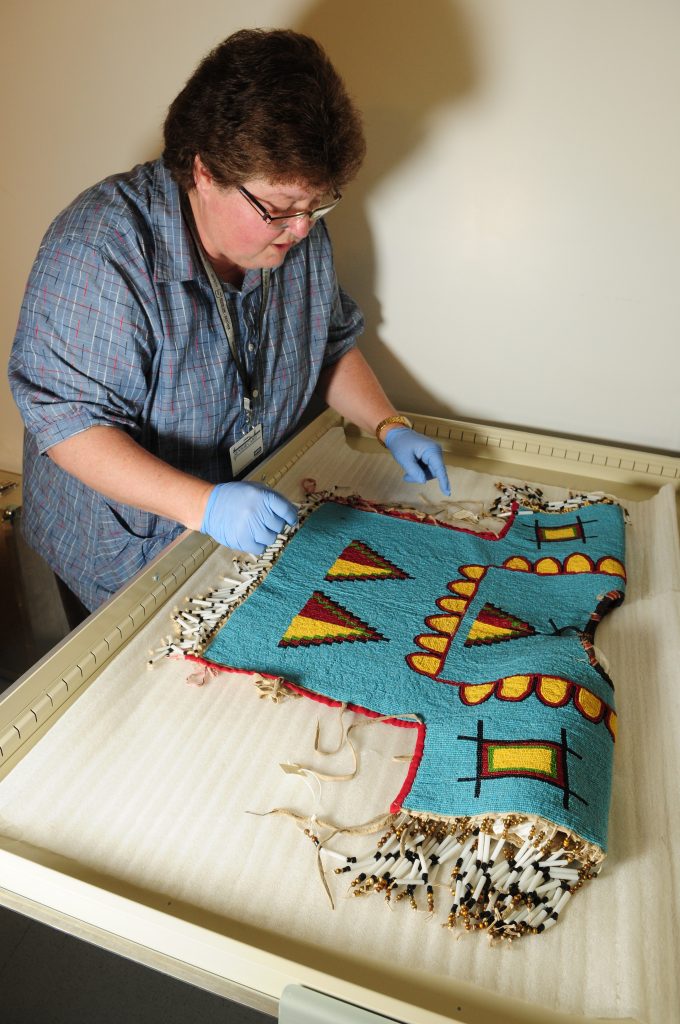
“It’s one thing for students to learn about things in a book or a classroom; it’s another to touch the objects yourself.”
There were several phases to the project, which was supported by a Museums Assistance Program grant from Heritage Canada. The first involved Indigenous students, who travelled to the Sturgeon Lake and Pelican Narrows First Nations to interview Elders and gather their oral history about the relationship their people have with local artifacts. Some interviews were conducted in Cree, and others are being transcribed by Mattison. Sardarli also forged a partnership with the University of Saskatchewan allowing students to use their synchrotron to analyze artifacts that Siegfried selected from the Royal Saskatchewan Museum’s Indigenous object archives. The final phase of the project will be the curation of an exhibition of artifacts that would tour the museum, the University of Regina, and the two First Nations. That’s where Mattison came in.
She used the internship experience as the basis of her honours requirement, becoming the first student in the Department of History to do a practical, hands-on project instead of a research paper for their honours degree.
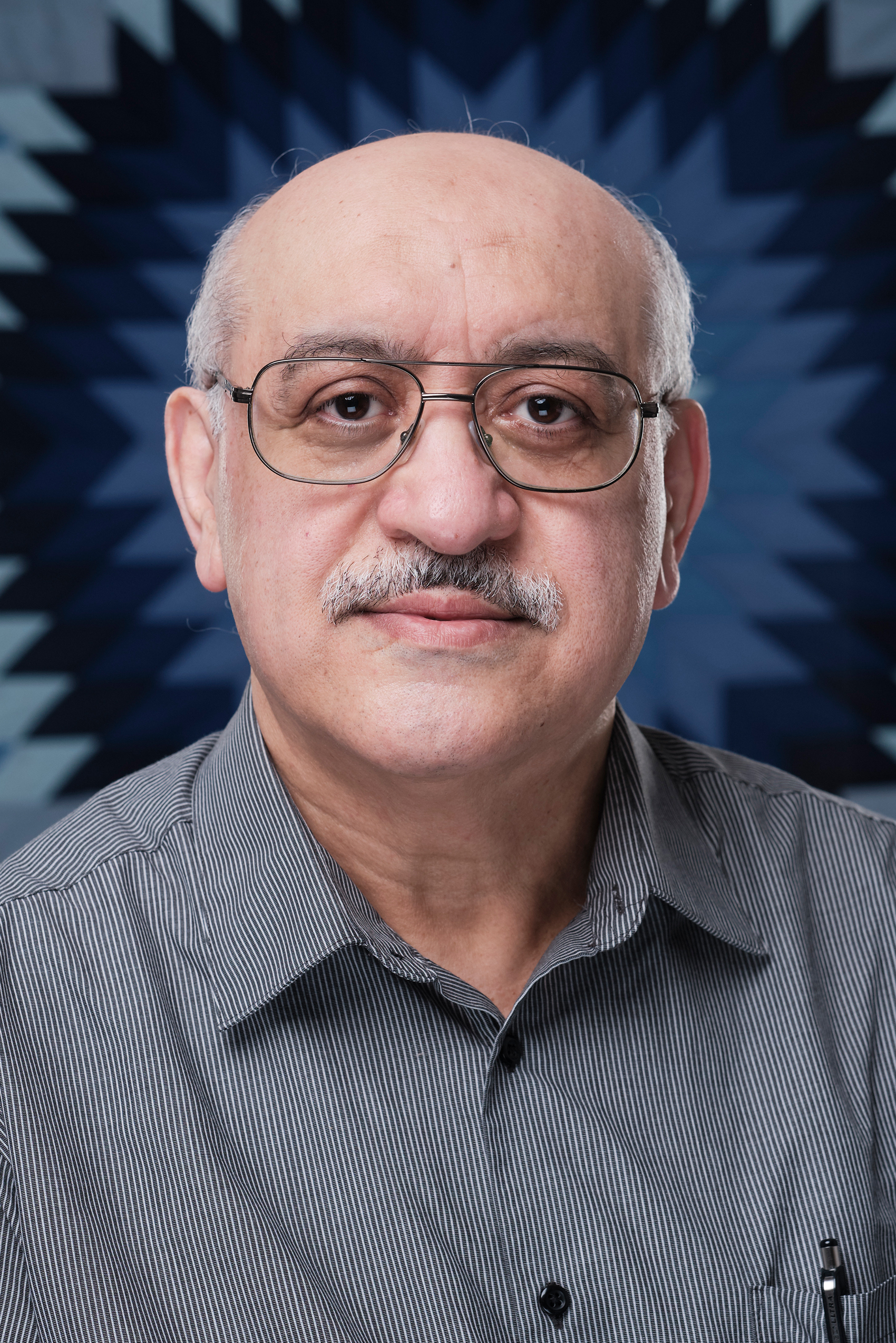
Sardarli wanted both Indigenous and non-Indigenous students involved in the project. “I’m not Indigenous, but as a professor at FNUC, I’ve worked with Indigenous students and learned from Elders. When I see interest from non-Indigenous people in these kinds of projects, I really appreciate that. The purpose of this project was to learn about Indigenous culture and research. The participation of Indigenous students [Margo Jobb, Alyse Custer, Ann Marie Dorian BA’16, BA(Hons)’18 and Skylar Wall] and non-Indigenous students [Mattison, Khaysa Osmanli and Jyotsnamani Mohanta], together, is very important.”
“These artifacts were found right here in Saskatchewan,” Sardarli says, noting that it was imperative for a student to curate the exhibition. “It’s one thing for students to learn about things in a book or a classroom; it’s another to touch the objects yourself. I always encourage students to participate in a research project – it’s very important for learning.”
Siegfried feels it’s essential for the exhibition to eventually return to the First Nations from where the project and stories originated. “Hopefully it will show people that archaeology is an interesting area as a discipline that Indigenous students may want to go into and study.”
Research assistant Margo Jobb (left) gets Pelican Narrow’s Elder Adam Highway’s oral account of some of the Indigenous artifacts included in the Royal Saskatchewan Museum exhibit.
(Photo courtesy of Arzu Sardarli)
To curate the exhibition, Mattison listened to the translations of the oral stories and, along with Siegfried, went through Indigenous artifacts from the museum’s archives. Siegfried provided Mattison with the background information of the pieces, explaining what they represented in terms of culture, what they could have been used for, and how they were made.
Throughout the process, Mattison learned that curation is not as simple as some may think. “It takes of lot of time and collaboration,” Mattison says. “At a museum, you have to write a few sentences for each artifact. It doesn’t seem like a lot, but it has to be short enough for people to read, yet fully explain the artifact. It takes a lot of editing,” she says.
“Unfortunately with the current circumstances, I wasn't able to fully develop my exhibit or display it, but maybe this project will inspire future students to carry on my work or create their own.”
The project was incredibly gratifying for Mattison. She used the internship experience as the basis of her honours requirement, becoming the first student in the Department of History to do a practical, hands-on project instead of a research paper for their honours degree. In the Fall, Mattison will be attending the University of Minnesota to pursue a graduate degree in heritage studies and public history. “It’s interpreting culture and artifacts in order to create exhibits for the public – very much what I’ve been doing in the internship,” she explains. “To be a curator, you have to know a lot about many things, so a master’s degree will give me the knowledge to be successful – and the tools necessary to have a career in museums.”
Marah Mattison was accepted into the Heritage Studies and Public History program at the University of Minnesota – the first Canadian to do so. She begins her studies in September. (Photo by Trevor Hopkin)
The original plan was for the project to wrap up in April 2020, but due to COVID-19, it was put on pause. Says Mattison, “Unfortunately with the current circumstances, I wasn't able to fully develop my exhibit or display it, but maybe this project will inspire future students to carry on my work or create their own.”
While, ideally, Mattison would like to work in a museum that specializes in Asian history and culture, she would be happy working at any venue where she can continue learning and bring history to life. “A lot of the time when you’re talking about the past, it isn’t necessarily relevant to people. I like the visual representation that an artifact can bring to history and how it can connect people to that history. It can captivate people and bring history to life. That’s what I really like about this work.”
Photos by Trevor Hopkin, University of Regina Photography Department, unless otherwise noted.

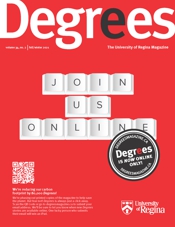

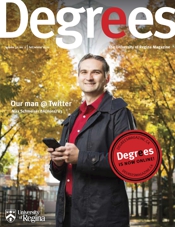


 Regina filmmaker and Department of Film graduate Candy Fox BFA’15. (Photo courtesy of Candy Fox)
Regina filmmaker and Department of Film graduate Candy Fox BFA’15. (Photo courtesy of Candy Fox)
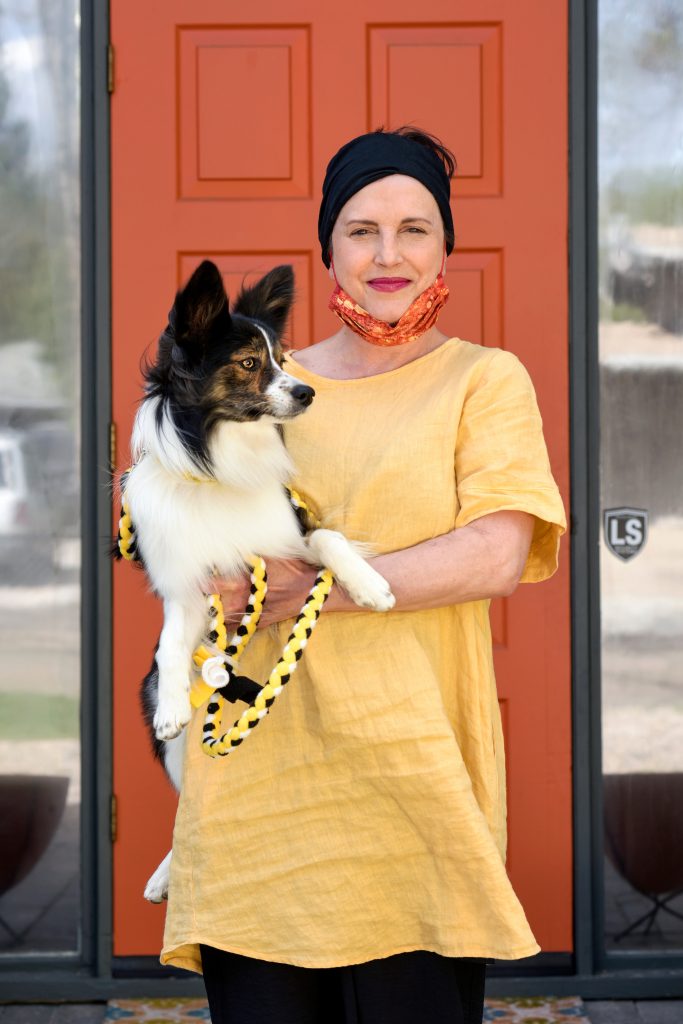 Dean of the Faculty of Media, Art, and Performance, Rae Staseson BFA’87. (Photo by Trevor Hopkin)
Dean of the Faculty of Media, Art, and Performance, Rae Staseson BFA’87. (Photo by Trevor Hopkin)
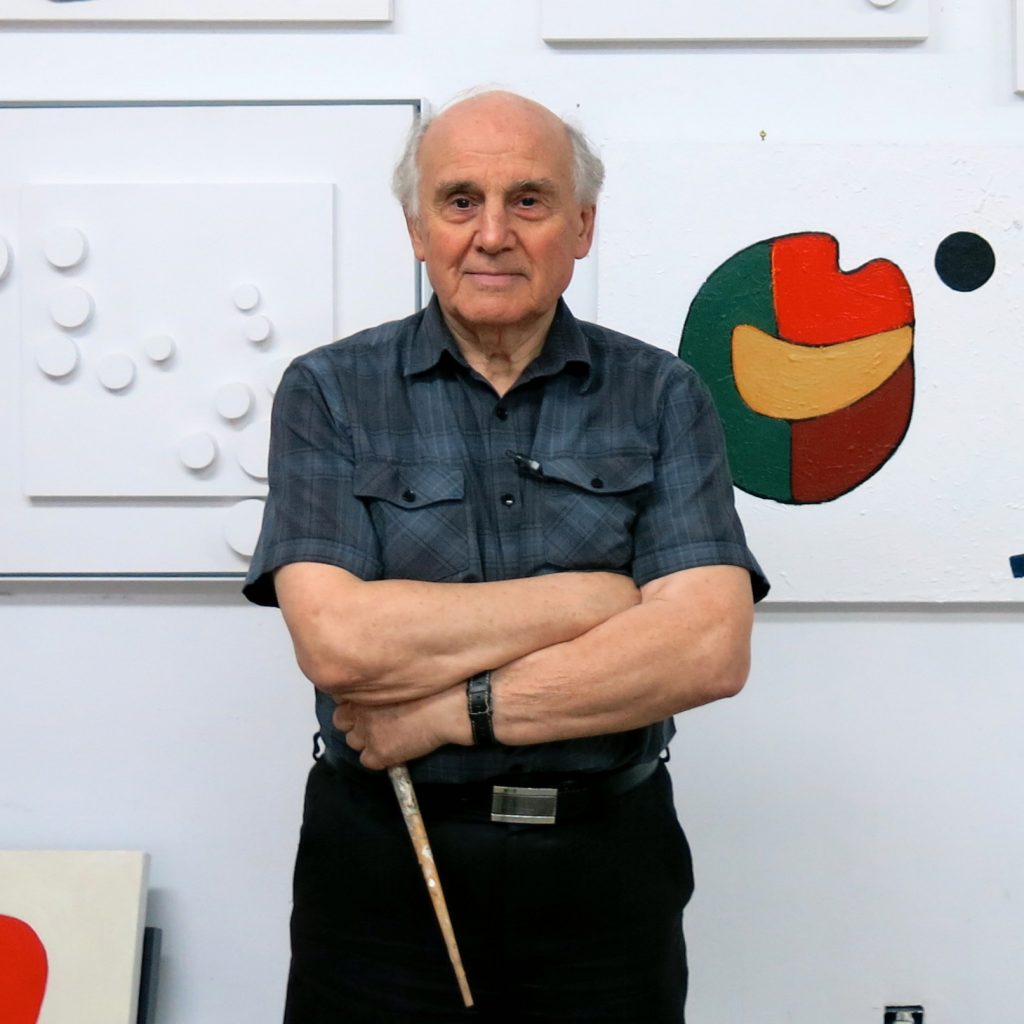 Former department head Terence Marner, who taught the first film class at the University of Regina in 1968. (Photo by Kate Cino for Art Openings)
Former department head Terence Marner, who taught the first film class at the University of Regina in 1968. (Photo by Kate Cino for Art Openings)
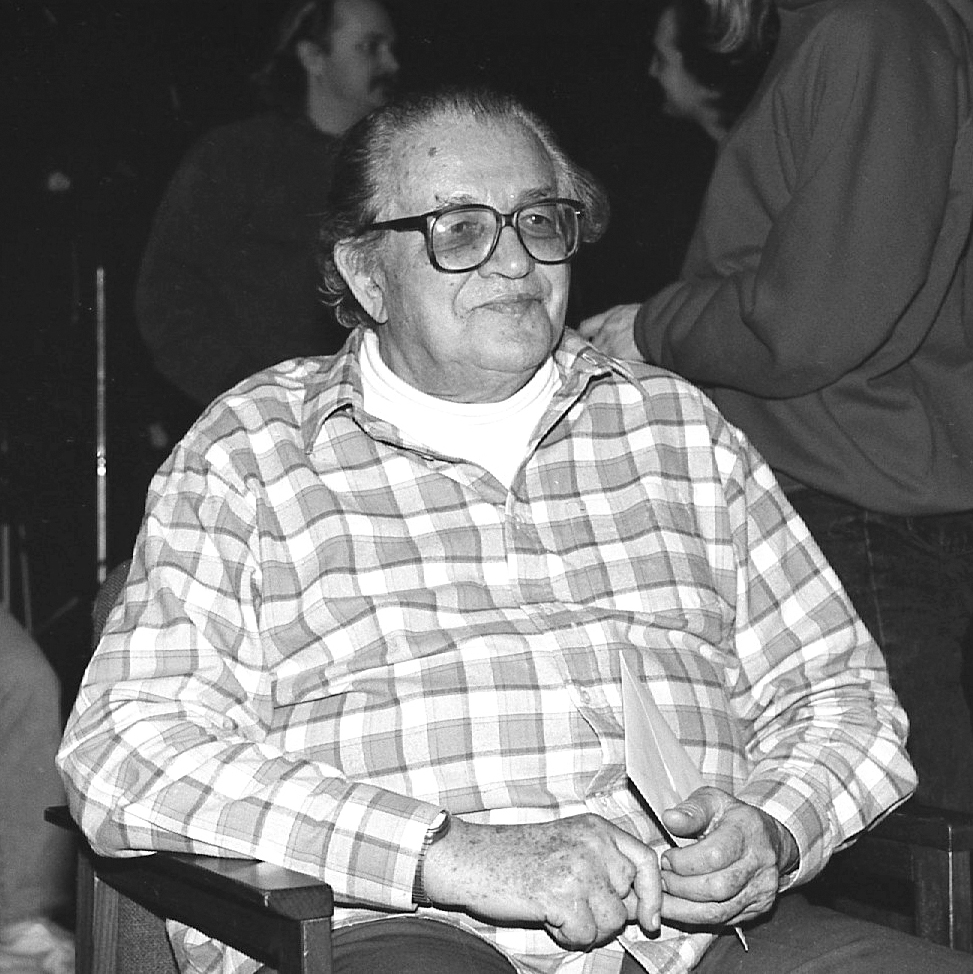 Renowned German filmmaker and editor Jean Oser, an early instructor at the University, inspired many of the first generation of Saskatchewan filmmakers. (Photo courtesy of Department of Film)
Renowned German filmmaker and editor Jean Oser, an early instructor at the University, inspired many of the first generation of Saskatchewan filmmakers. (Photo courtesy of Department of Film)
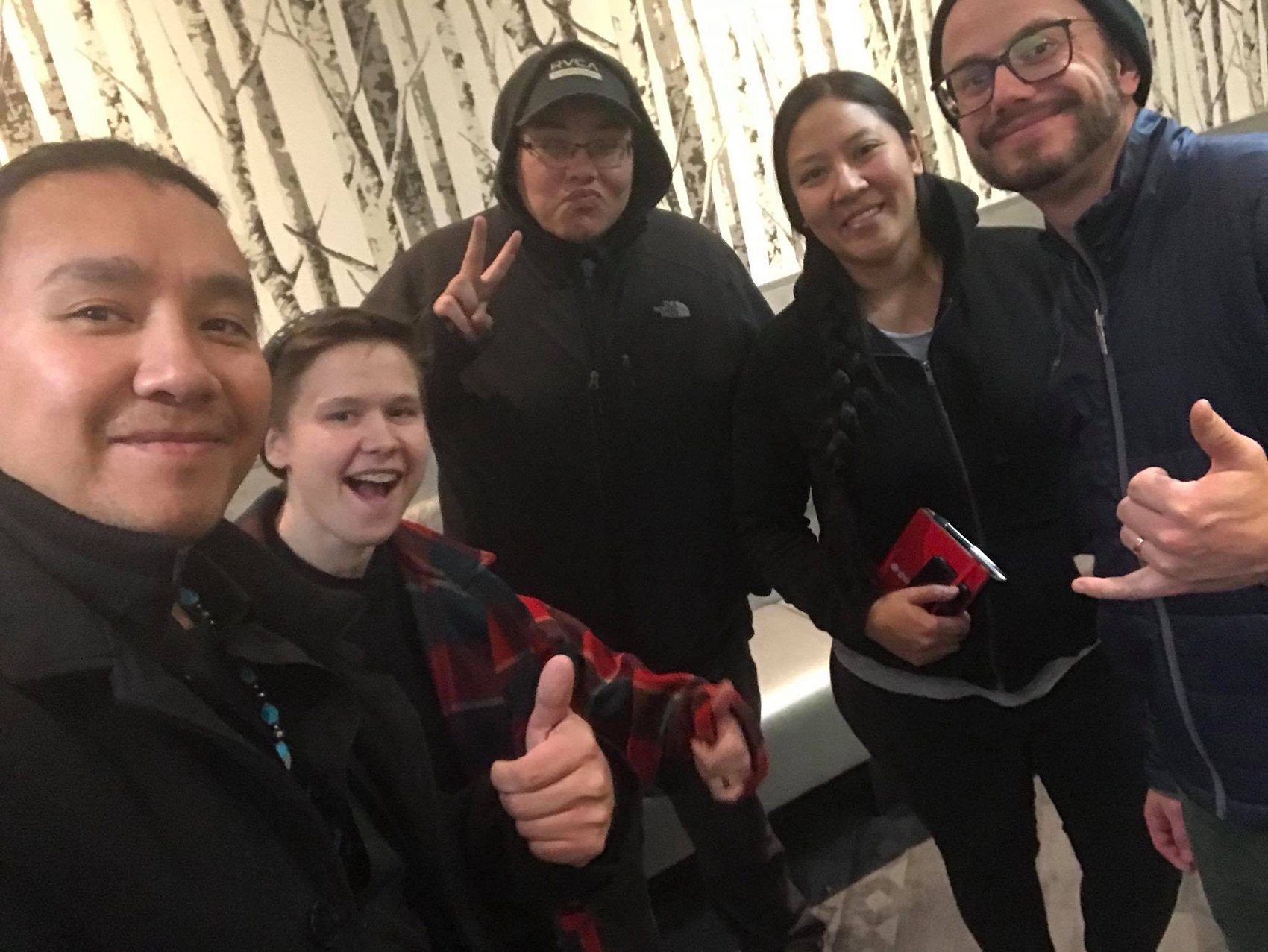 Film graduate Candy Fox and her production crew for her film ahkâmêyimo nitânis (Keep Going, My Daughter). This photo was taken on the first day of production and includes (left to right) producer Chris Tyrone Ross, camera assistant Elian Mikkola, sound recordist Muskwa Lerat, Fox, and director of photography Aaron Bernakevitch. The film was shot in October 2018. (Photo courtesy of Candy Fox)
Film graduate Candy Fox and her production crew for her film ahkâmêyimo nitânis (Keep Going, My Daughter). This photo was taken on the first day of production and includes (left to right) producer Chris Tyrone Ross, camera assistant Elian Mikkola, sound recordist Muskwa Lerat, Fox, and director of photography Aaron Bernakevitch. The film was shot in October 2018. (Photo courtesy of Candy Fox)